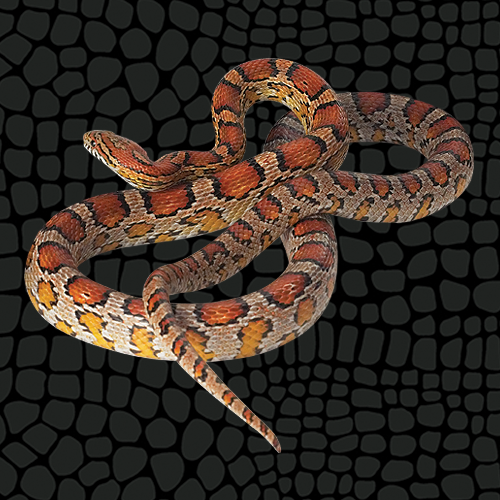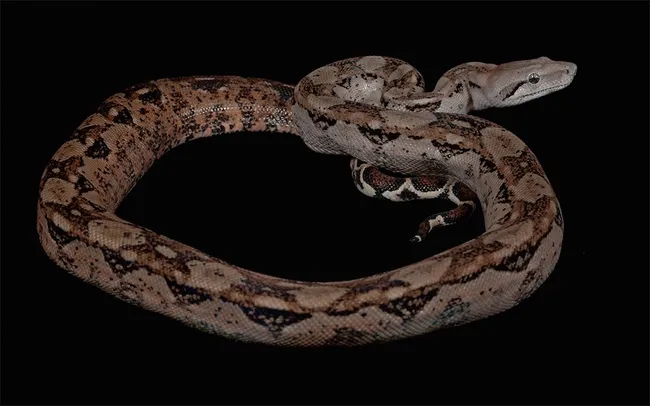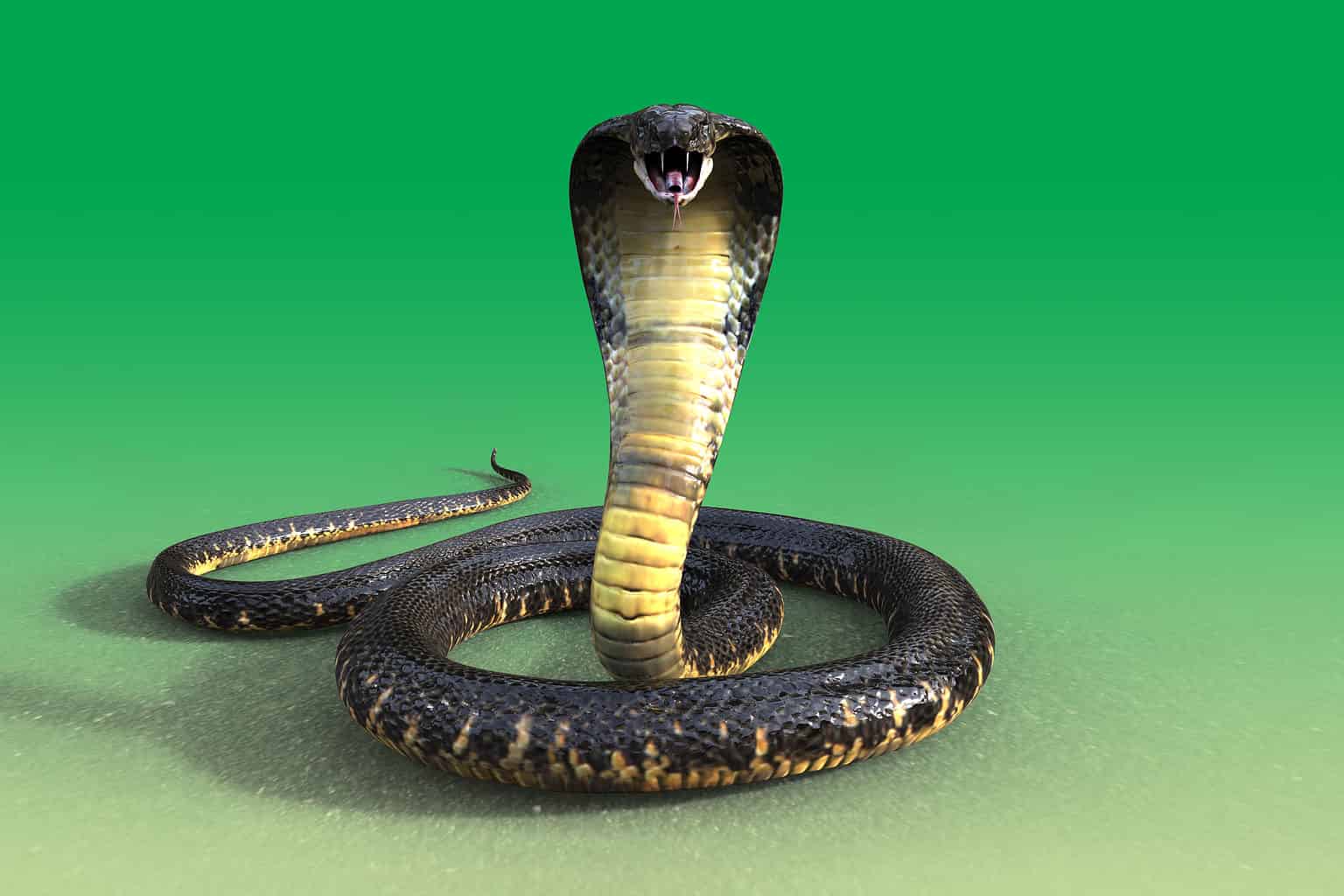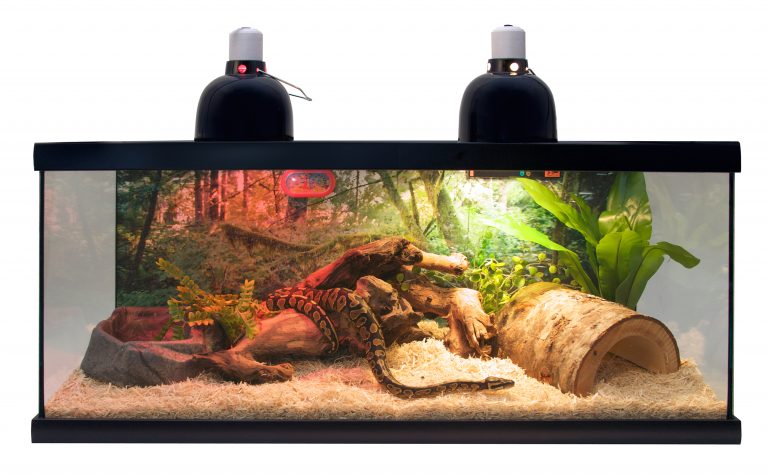Introduction
Snakes are fascinating and diverse reptiles that belong to the suborder Serpentes. They are found all over the world, excluding Antarctica. Known for their limbless bodies, snakes have evolved in unique ways to become some of the most effective predators in the animal kingdom. There are more than 3,000 species of snakes, ranging from harmless garden varieties to venomous killers like cobras and vipers.

Did you know?
Snakes are older than dinosaurs! Fossils show that snakes have been around for over 100 million years.
Biology
Snakes have evolved remarkable biological features that help them thrive in their environments. These include their limbless bodies, specialized jaw structure, and exceptional sensory organs. Most snakes are ectothermic, meaning they rely on external heat sources to regulate their body temperature.

Key Biological Features:
- Scales: Provide protection and assist with locomotion.
- Flexible Jaw: Allows snakes to consume prey larger than their head.
- Highly Developed Senses: Snakes can detect vibrations, and some have specialized heat sensors to hunt in the dark.
Species
There are more than 3,000 species of snakes, categorized into two groups: venomous and non-venomous. Each species has unique characteristics suited to its environment.

Notable Species:
- King Cobra: The longest venomous snake, capable of growing up to 18 feet.
- Ball Python: A non-venomous constrictor known for its docile nature and popularity in the pet trade.
- Inland Taipan: The most venomous snake, native to Australia.
How to Care for Snakes
Snakes are low-maintenance pets, but they do require specific care to ensure their health and well-being. Here’s a guide to help you care for your snake.

Terrarium Setup
- Size: The terrarium should be at least as long as the snake when stretched out and at least twice the snake’s body width in height.
- Substrate: Use reptile-friendly bedding, such as aspen or coconut husk. Avoid pine or cedar shavings, as they can be toxic.
- Heating: Snakes are ectothermic, so maintain a temperature gradient (warm side and cool side) of around 75-85°F with a basking spot around 90°F.
- Humidity: Most snakes require humidity between 40-60%. Use a hygrometer to monitor levels.
Feeding Your Snake
- Diet: Most pet snakes eat rodents like mice or rats. They should be fed once every 1-2 weeks, depending on size and age.
- Feeding Method: It’s best to feed pre-killed or frozen-thawed food to avoid injury to your snake.
- Size of Food: Ensure that the prey is no larger than the thickest part of the snake’s body.
20 Fun Facts About Snakes
- 1. Snakes have been around for over 100 million years.
- 2. Some snakes can dislocate their jaws to eat prey larger than their heads.
- 3. The longest snake in the world is the reticulated python, reaching lengths up to 30 feet.
- 4. Snakes do not have eyelids; instead, they have a transparent scale that covers and protects their eyes.
- 5. The smallest snake is the thread snake, which can be as small as 4 inches long.
- 6. Snakes can go months without food, depending on their species and size.
- 7. Some species of snakes are completely aquatic and live their entire lives underwater.
- 8. The Black Mamba is the fastest snake, reaching speeds of up to 12 mph.
- 9. Some snakes, like the pit viper, can detect heat and "see" their prey through infrared vision.
- 10. Sea snakes are highly venomous but are not aggressive toward humans.
- 11. Snakes shed their skin up to 6 times a year as they grow.
- 12. Snakes have the ability to sense vibrations through their jawbones, aiding in hunting.
- 13. The rattlesnake’s rattle doesn’t grow back if broken off.
- 14. In some cultures, snakes are considered symbols of rebirth and immortality.
- 15. Some species of snakes give live birth rather than laying eggs.
- 16. The Gaboon Viper has the largest fangs of any snake, reaching 2 inches long.
- 17. Snakes can sleep for days or weeks after eating a large meal.
- 18. Snakes are incredibly efficient at conserving energy during periods of rest.
- 19. The fear of snakes, known as ophidiophobia, is one of the most common phobias worldwide.
- 20. Some snakes can live up to 30 years in captivity, depending on the species.